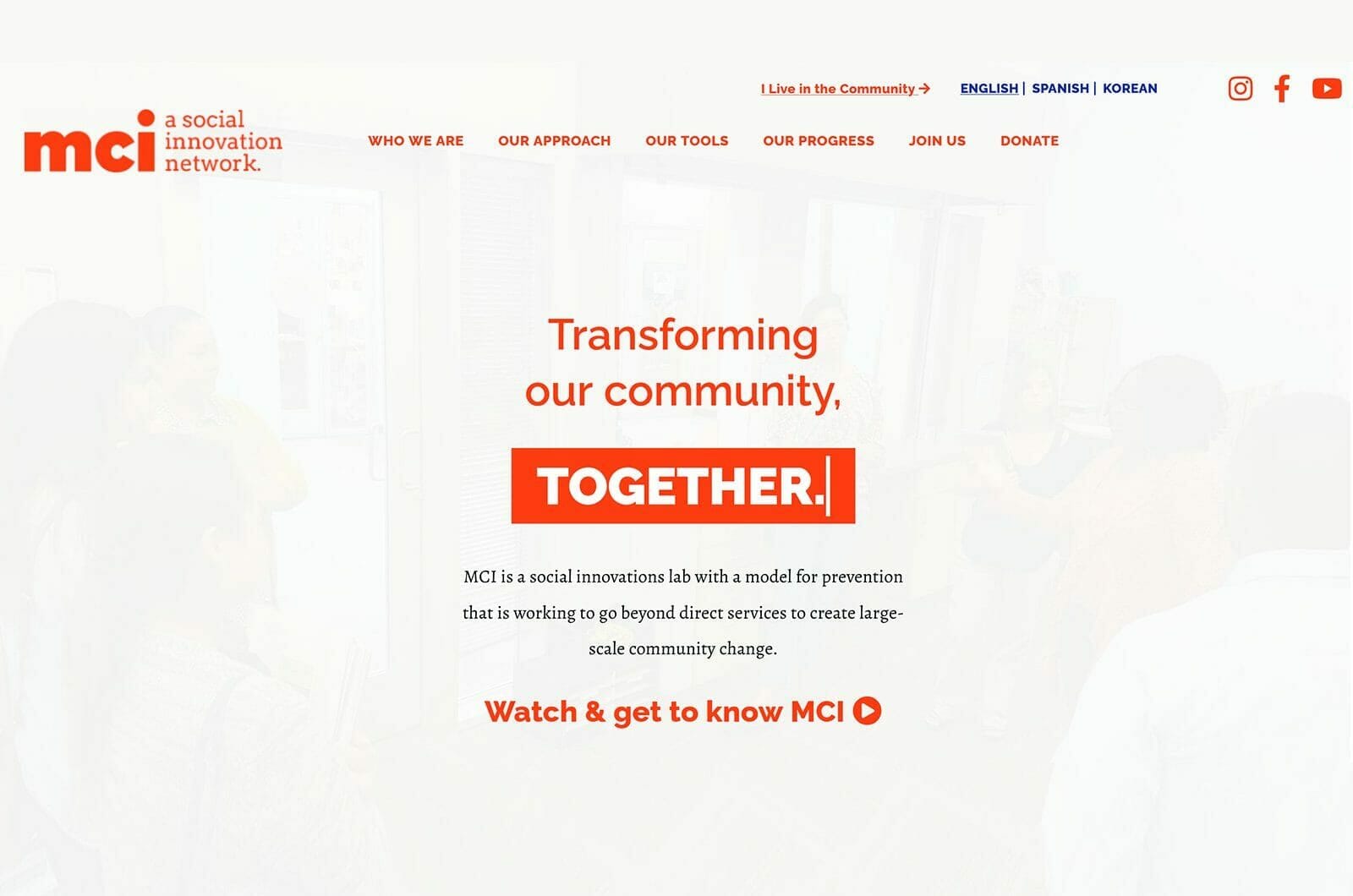16 Dec ‘19
What You Need to Know About Voice Search Optimization
16 Dec ‘19
In: Search Engine Optimization (SEO), / By: Ripe Media
By 2020, 30% of all website sessions will be voice-driven.
As technology innovation matures, it morphs and drives user habits that feel more natural. Voice search is a natural progression from the slightly more cumbersome text-based search. As voice-based technology gets smarter and more popular, your business needs to start thinking of how it can empower customers to use voice search beneficially.
Here is a look at some voice search optimization techniques that can help you improve your visibility and discoverability over voice search.
Characteristics of Voice Search
Understanding the core aspects of voice search is essential if you are to optimize for it effectively. Here are some characteristics of voice search that can help guide your optimization efforts.
1. Longer Queries That Are More Conversational
Whenever you are using a web browser to look up information, you tend you use short phrases as it’s less straining physically. When you are using a voice assistant, it’s easier to issue commands since you are speaking them, which is a more natural means.
Consequently, voice search queries tend to be longer and are more conversational. Even in situations where you use roughly the same number of words in both text and voice searches, the latter will tend to be more conversational.
At the end of a query, voice search also tends to utilize more questions as a natural extension of human behavior when asking for information.
2. A Focus on Local Content
Kleiner Perkins’ 2016 Internet Trends report found that 22% of users use voice search to look for local information. That makes sense when you keep in mind that many people running local searches typically do so from mobile devices while on the go.
Thus, staying local with your SEO is a critical mandate you need to address with your overall strategy.
3. Speed and Convenience
The core driver for voice use is to satisfy immediate personal queries. As a result, fast-paced and data-packed results targeted at fulfilling an urgent need while on the go is what you should aim for as you optimize for voice search.
For example, a user who wants to visit a hair salon will activate their cellphone’s voice assistant for the nearest salon in the area. They intend to look for a local business they can immediately patronize for service.
Once Google returns the results, it’s not to list websites the user can visit. Instead, Google will populate a list of nearby hair salons with their directions, ratings, and operating hours for the user to pick from.
Voice Search Optimization Strategies
Identifying the defining characteristics of voice search is a starting point in making search marketing work for you. However, you need to know how you can use optimization strategies that positively exploit those characteristics for you to gain more visibility. Let’s take a look at some approaches you can take.
1. Focus on Long-Tail Keywords
Since voice search queries are more conversational and longer by nature, you need to focus on long-tail keywords. Long-tail keywords are those that contain more than three words.
Due to their extended nature, these keywords play well to support more conversational and longer-form queries that come with voice search queries. When you optimize for long-tail keywords, you prime your website and content to better feature in the search engine result snippets.
Begin to pepper your content creation pipeline with material that focuses on long-tail keyboards. As it’s not a short term strategy, the more body of work you accumulate focuses on long-tail keywords, the better your content will perform on voice search over time.
2. Use Structured Data
Search engines use several factors besides the content you develop to determine its value to users. Schema markup is one such evaluation metric used by search engine algorithms, and while it doesn’t affect your ranking, it does give you an edge over your competitors.
Schema markup is metadata (data about the information on your website) that you incorporate into your site’s source code. Visitors to your website won’t get to see this metadata, but search engine algorithms use it to classify and categorize your content.
When it comes to voice search, metadata can help you describe your content better to search engines, which then increases the likelihood of it featuring on result snippets.
For example, using metadata, you can add your operational hours, contact information, directions from highways, and other such data that positions your business to better serve users on voice search results.
In addition, a detailed sitemap is useful in helping the search engine better understand your site, and you should submit it to Google.
An essential issue to remember when using structured data pages is to avoid them being blocked by control methods such as robots.txt. If the robots.txt directives change, for example, your business might end up losing traffic and drop in its ranking.
3. List Your Business
Voice search depends heavily on local content as users are often looking for immediate services to use when on the go. Therefore, the first measure you can take to enhance your local listing is by adding your business’s information on your site’s footer.
Claiming your Google My Business listing is also critical in positioning your firm for hyper-local voice search success. Ensure that the information in the listing concerning your firm’s name, address, and phone number (NAP) is accurate.
Your business’ phone number should include the area code, and you should start using your business domain as the login information for your Google My Business instead of a free Gmail address.
Additionally, the NAP information you use here should remain consistent with that which you use in other directories. Any differences, however slight, can hurt your SEO efforts.
Do not forget to associate your business with relevant categories as the algorithm tend to use this to figure out what your firm is about. The right category can either boost your visibility on voice search rankings or tank them.
The introduction field is where you get to pitch your business, and 400 words is the ideal count to use for that.
Stay Ahead of the Curve
Voice-driven search is picking up steam with users, and your firm needs to figure out how to empower them to interact with your company through it. Voice search optimization is a toolset that can help your business become more visible on voice search for greater success.
Ripe Media is a celebrated design and marketing agency helping businesses walk into the digital era. Get in touch with us today to get your business ready for the voice search revolution.















